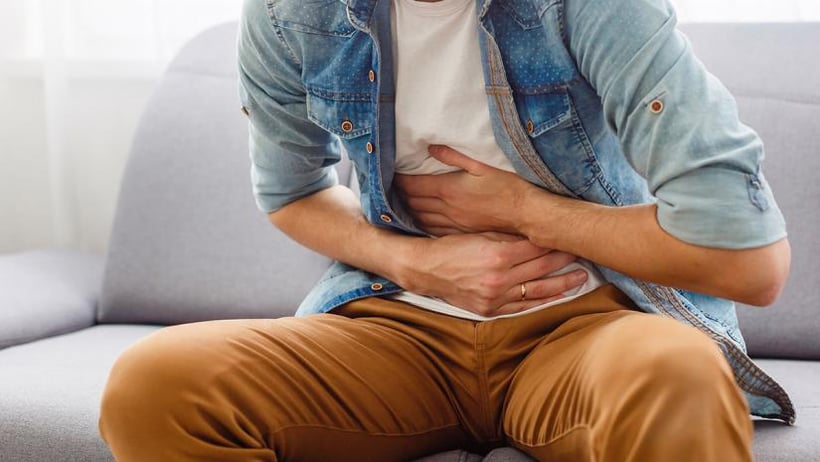
Cyclosporiasis is an intestinal illness caused by the microscopic parasite Cyclospora cayetanensis. People typically become sick with Cyclospora by drinking contaminated water or eating contaminated food.
What are the causes?
A single-celled parasite called Cyclospora cayetanensis causes Cyclospora infection. People fall ill after drinking water or eating food that’s been contaminated by a person with the parasite. The parasite is passed through stool, though it doesn’t become infectious until days or weeks after it’s passed through a bowel movement. That means it’s unlikely that someone will contract an infection directly from a person with cyclosporiasis, such as a restaurant worker who hasn’t washed their hands properly.
Who is at risk?
In the past, people travelling to tropical, developing countries were most likely to get this parasite. While international travel may still present a risk, since the 1990s, cyclosporiasis has mainly been tied to fresh imported produce such as raspberries, lettuce or basil. Infections are now found all over the world.
Anyone with a compromised immune system is more likely to suffer adverse effects from Cyclospora.
What are the symptoms?
The time between infection and symptoms showing up is usually about one week, though they can last a few days to a month or longer. Symptoms almost exclusively affect the stomach and intestines. The most common are:
- frequent, watery diarrhea
- diarrhea alternating with bouts of constipation
- bloating, flatulence, burping
- stomach cramps, nausea, vomiting
- loss of appetite, weight loss
- muscle aches
- fever and fatigue
Many illnesses present similar symptoms, but you should consult a doctor if diarrhea lasts several days or recurs, if you’ve eaten a food that’s been recalled due to a Cyclospora outbreak, or travelled to an area where parasites like Cyclospora are common.
If you’re experiencing dehydration due to diarrhea, you should also see a doctor. Signs of dehydration include sunken eyes, reduced urination and dry mouth.
Antibiotics are usually prescribed to fight the infection, along with rest and plenty of fluids.
How to prevent a Cyclospora infection
Canada monitors cyclosporiasis and reports all cases to provincial and territorial departments of health. The goal is to detect outbreaks, monitor trends and identify risk factors.
Though Cyclospora can be tough to prevent, there are steps you can take to lower your risk. Keep an eye on food recalls, and only buy produce from reputable suppliers. Avoid food or water that may be contaminated with feces, and make sure to always wash, prepare and store produce safely. Cook foods thoroughly, as cooking kills Cyclospora.
Cleanliness is key
Use soap and hot water to thoroughly wash your hands and any surfaces and utensils you may use. Wash hands, utensils and cutting boards between touching vegetables or fruits and handling raw meat, poultry or seafood. Wash produce well with water before preparing.
Discard any questionable-looking fruits or vegetables. When in doubt, throw it out. Refrigerate any cut fruit or vegetables within 2 hours of cutting or peeling. And always store these foods well away from raw meat, poultry or seafood.
The best way to prevent any food-borne illness is through proper education and certification. Food Handlers trained in how to safely work with food are your best line of defence. At the Canadian Institute of Food Safety (CIFS), we’re passionate about food safety, and we offer comprehensive training through our Food Handler Certification Course. To learn more, contact CIFS.




